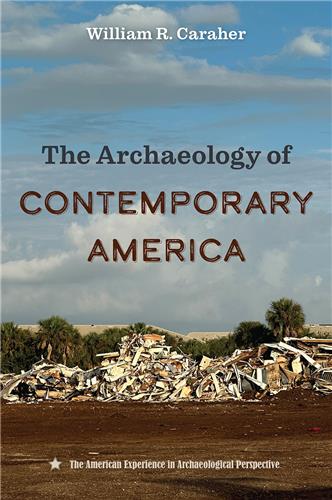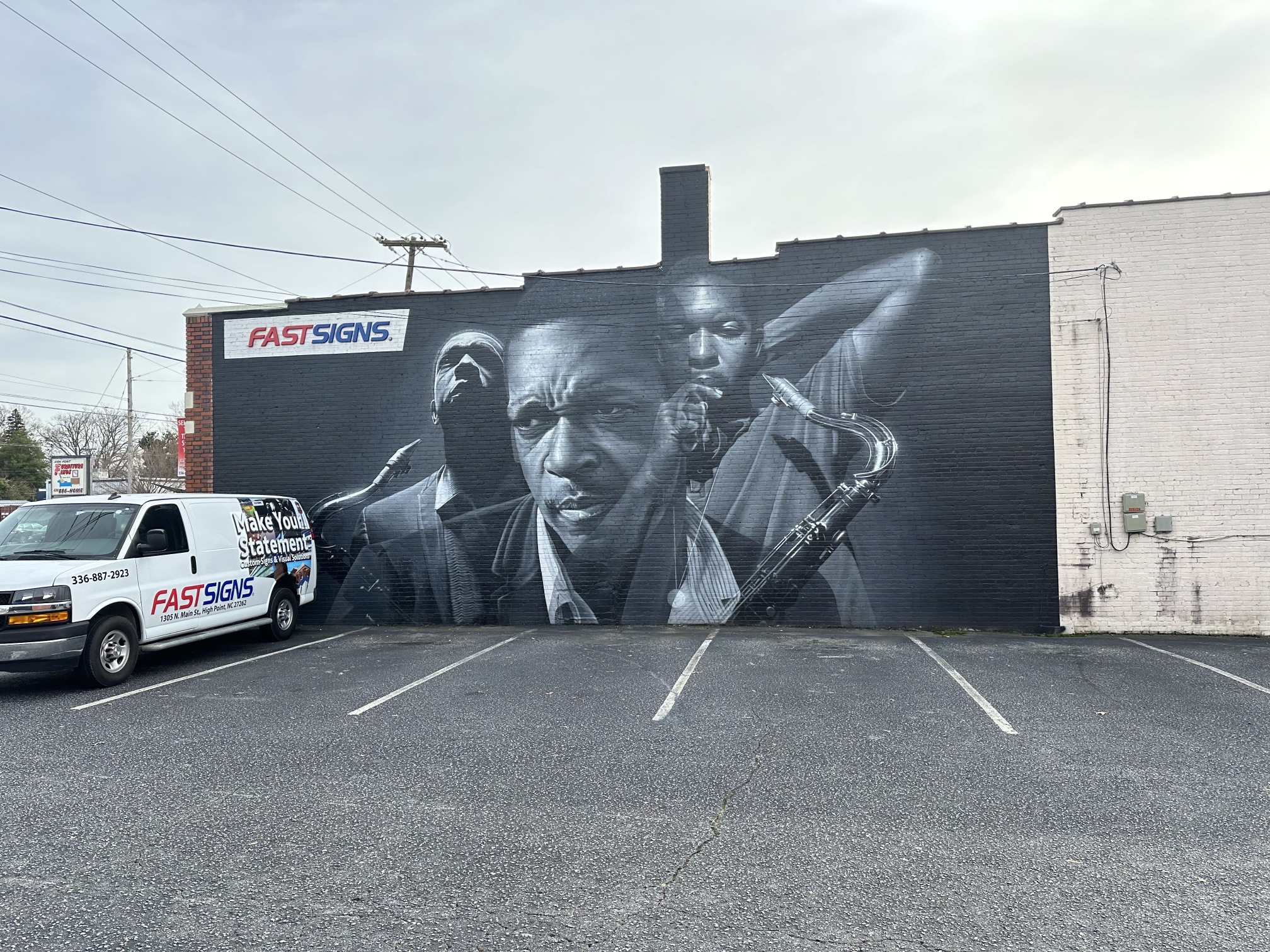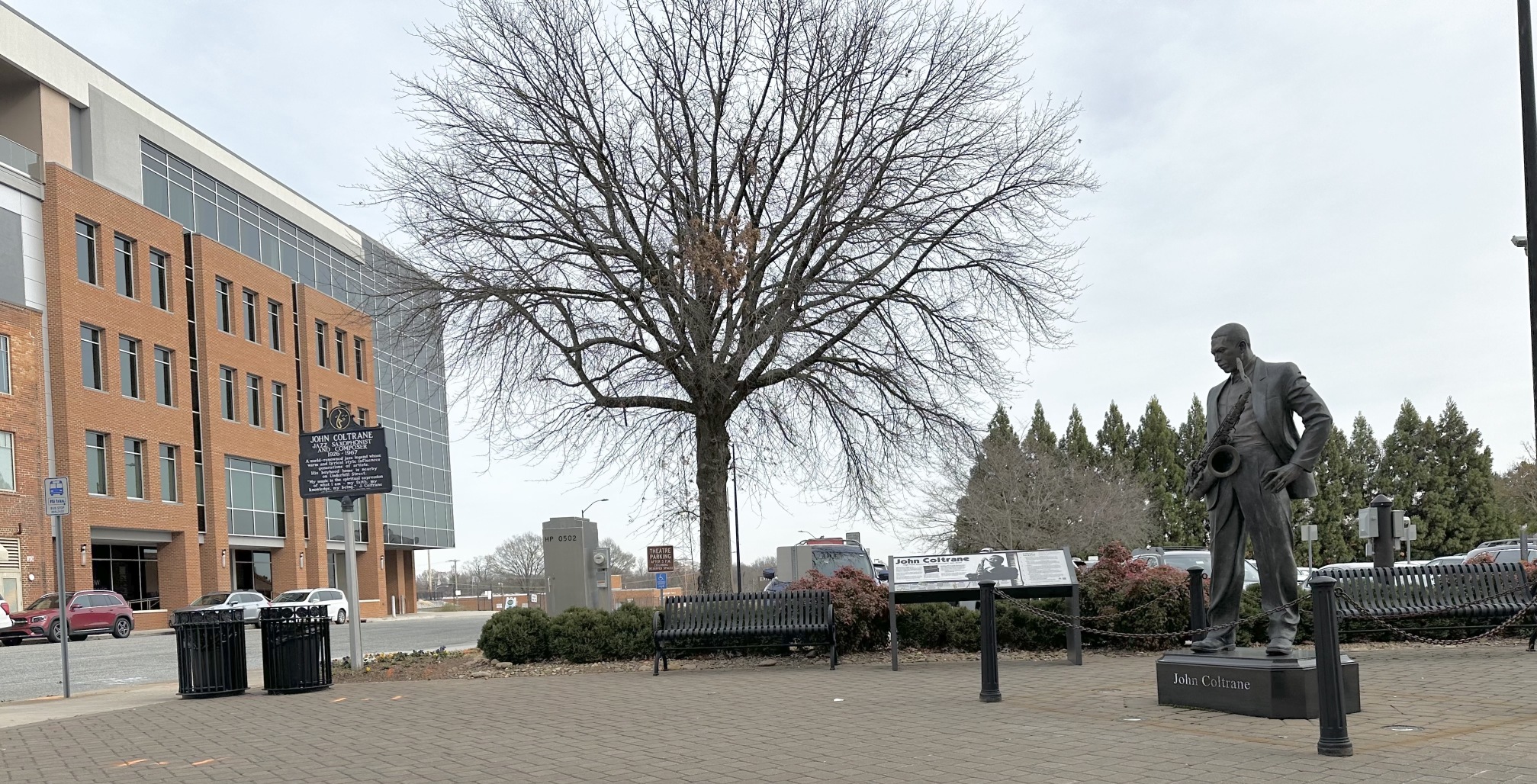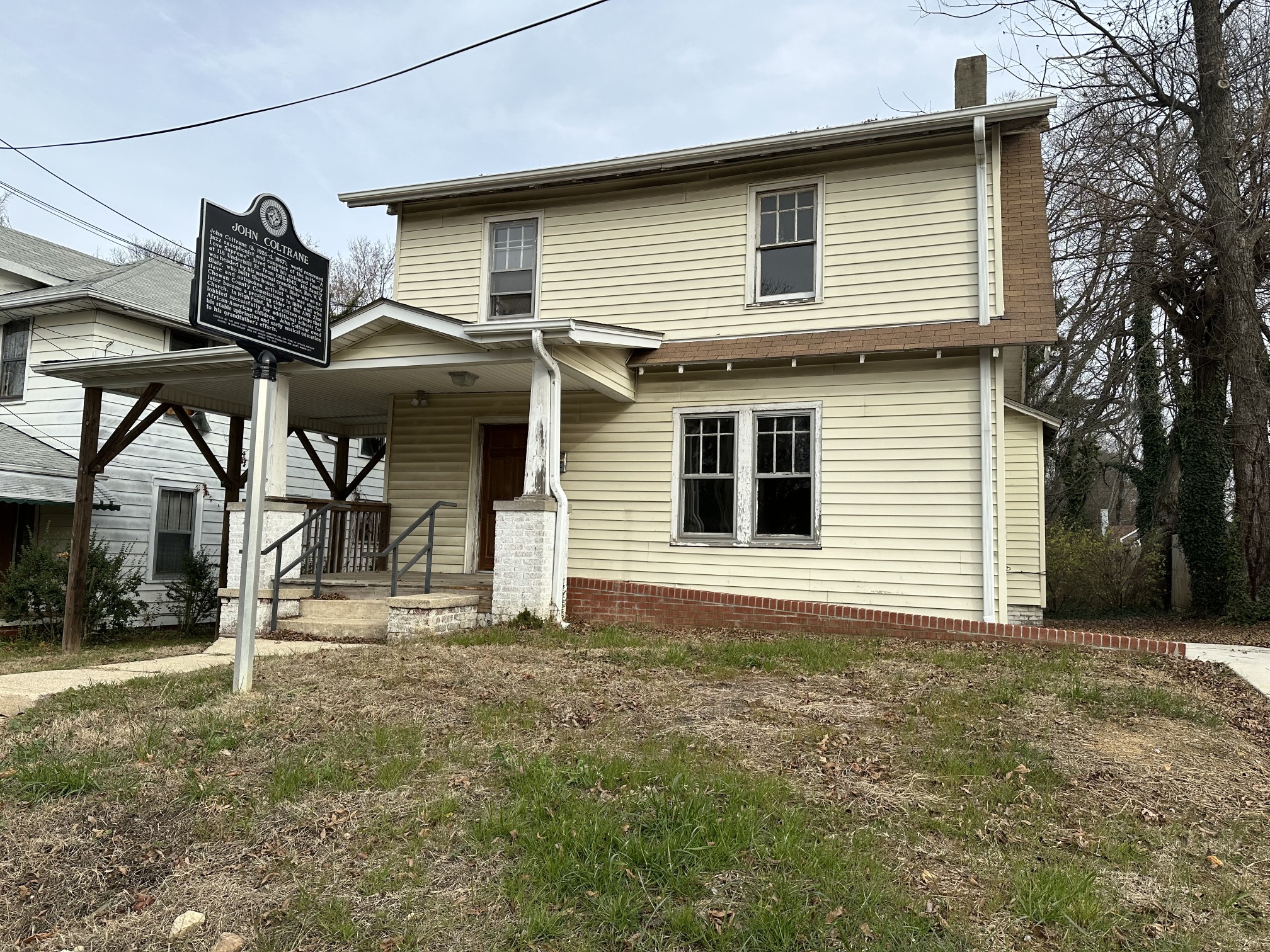On a weekend when many Americans reflect on Martin Luther King Jr. and the Civil Rights movement, I took some time to listen to the music of Max Roach and read Marvin T. Chiles’s book The Struggles for Change: Race and the Politics of Reconciliation in Modern Richmond (2023). My colleague Eric Burin recommended it to me, but what inspired me to read it was an early draft of a chapter for my forthcoming book, The Archaeology of Contemporary American Culture, where I try to dig a bit deeper (pun intended) into the removal of the Confederate Statues from Monument Avenue in Richmond, Virginia.
This particular site has personal significance to me. I did my undergraduate work at the University of Richmond (RC ’94) and while there, I worked at the JCC on Monument Avenue. My parents were married at St. John’s UCC on (formerly?) Stuart Circle, my father grew up in Richmond (attending Thomas Jefferson High School), and I still have family there. When I started to write my chapter on the removal of statues, I felt confident that my experiences in Richmond would help me be able to present the context for these events in a more nuanced way. After making a bit of a flailing effort to put what I knew on paper, it turned out that I was wrong and daunted by the extensive, complex, and nuanced corpus of scholarship on race and urban space in Richmond, I gave up.
If I had been able to read Marvin Chiles’s book, I might have stuck with my original plan to try to say something more substantial. It turns out, my instincts weren’t entirely wrong: Richmond did represent a nearly majority Black city that had long struggled with the burden of its racist past as capital of the Confederacy. Chiles’s book, however, unpacks that more recent context for that burden starting in the 1960s and culminating in the removal of the statues in 2020. More than that, he showed how understand the particular historical context of this national (or even global) response to police violence is vital to appreciating what the removal of Confederate War memorials meant to local communities.
Chiles’s book, for example, stressed that the removal of the Confederate statues from Monument Avenue was not the manifestation of a community pushed to the breaking point and resorting to violence to make its desperation known. Instead, it was culmination of a half-century of work between poor Black residents of Richmond, the Black elite, and what he calls the “White Establishment.” Each of these groups sincerely sought to shed the burden of Richmond’s racist past and navigate the changing realities facing a city with a majority (or near majority) population. This isn’t to suggest that every member of the White Establishment was committed to anti-racist policies or that every Black Richmonder had the same values and ideas. Moreover, this isn’t some kind of bootstrap narrative that suggests Richmond managed to find its way without outside help or a triumphalist narrative distorted by boosterism. Instead, Chiles’s book demonstrates that by the 21st century, the failures, challenges, and history of often tense collaboration between various economic, racial, and social factions in Richmond produced a city that eagerly sought to move beyond its history as the capital of the Confederacy.
Chiles, for example, demonstrates how efforts to annex outright (or at least parts of) Henrico and Chesterfield Counties to recapture more affluent populations who moved out of the city of Richmond in the post war period cut across racial lines. The White Establishment sought to annex Richmond’s growing suburbs to secure tax revenues to support a cash strapped and increasingly poor and Black city. Black elites, on the other hand, often resisted these efforts to maintain their electoral majority in the city and to prevent the Black majority from being diluted by an influx of white suburban voters. Poor Blacks, however, recognized that annexation had the potential to increase funding for social services, schools, and other public amenities that would improve their lives.
The controversy over annexation, which would ultimately involve only the annexation of part of Chesterfield county, played out at the same time Richmond struggled to desegregate its public school system through the use of bussing. These efforts, which met only uneven success, underscored the racial tensions in the city and resistance to bussing relied on stroking tired racist fears of Black student violence and Black students lowering the academic performance and standards in the classroom.
These stories, in turn, were set against both top-down efforts by both the White Establishment and the Black elite to revitalize the city through massive downtown investment projects such as Project One and the Sixth Street Marketplace. While these projects largely failed (as so many efforts to revitalize cities through ambitious retail schemes did nationally), they didn’t fail because elite Blacks and Establishment Whites didn’t care or weren’t working together to address poverty and racism in the city. They failed because they were flawed schemes, because of political bickering among their sponsors, and because white consumers refused to support them. Race shaped these situations to be sure, but race did not necessarily dictate the outcomes.
The most intriguing part of the book is Chiles exploration of the murky and partial archives related to grassroots activism in Richmond. He shows how religious leaders, academics, and community leaders worked together to try to address racial housing practices, urban poverty, and, most relevant to my interest, the city’s historic landscape deeply inflected by its racist past. These groups did hard, serious, and important work under the White Establishment and Black elite radar. While there weren’t always successful in their efforts — employment schemes ran out of money, various collective organizations fractured along racist lines, and radical rhetoric sometimes proved easier to ignore than to consider — they also moved the needle. The use of walking tours, for example, in the public schools to trace the history of Black Richmond, as a counterweight to visible and oppressive burden of the city’s Confederate past, played an important role in making it possible for Black and White city residents to think about an urban landscape traced by reconciliation rather than antipathy. While the line from a school’s walking tour to the erection of Arthur Ashe’s statue on Monument Avenue and the removal of the Confederate memorial on Monument Avenue is a long and winding one, Chiles shows how this line (along side the struggles of school desegregation, bussing, failed urban revitalization projects, the threat of gentrification, and other challenges) is the story of racial reconciliation in Richmond.
[To be clear, I’ve simplified and streamlined complicated stories and likely misrepresented some essential aspects of Chiles’s argument. Go read this book if you’re interested in American urbanism, race, history, and reconciliation!]
In other words, the removal of the Confederate monuments was not a desperate and violent gesture of a disenfranchised and alienated Black community, but a widely accepted and understood moment in the long struggle toward racial reconciliation in the city. As we say in the archaeology business, context is everything and Chiles’s book offers a nuanced and approachable context for the removal of the Confederate statues. Like many urban stories, the shadow of future challenges remains, but there is also hope for Richmond, and as our national media and political leaders seek to stoke racism, polarization, and (ideological and physical) violence, perhaps we all need to read some hopeful stories.




